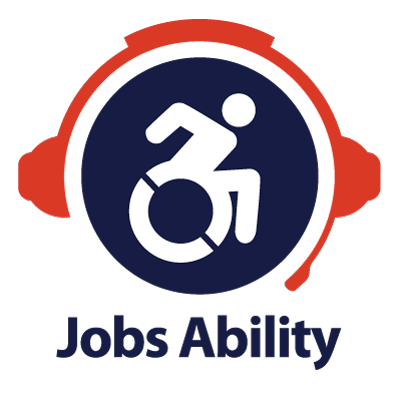Boy with Rare Disease Needs Service Dog…
August 10, 2015P&G Careers: Three Opportunities
September 9, 2015
Focusing on Abilities Unites Coworkers with and without Disabilities
By Trish Freshwater, Senior Manager, Talent Acquisition -Sodexo
During the school year, I often will stop at a grocery store after my kids’ morning drop off to pick up odds and ends that run out in between shopping trips. There are two stores on my journey, but I always pick the one closest to my children’s school.
My choice is not just for the convenience, but because of the people I’ve gotten to know there on the morning shift – especially one young girl who greets me with a bright smile and always remembers to ask about my children, who she has met on several occasions.
Amy is a grocery bagger whose cheerfulness radiates from within. And, if you’re distracted long enough by the warmth of her smile and conversation, you probably won’t notice that her right hand curls up to her arm at an awkward angle and offers minimal assistance as she loads groceries into bags and into your cart. But like most people with a disability, Amy doesn’t let her malformed hand slow her down … or keep her from asking if she can help me bring the groceries to my car.

 Amy’s disability is a physical deformity that is openly visible. But many people in the workforce also suffer from disabilities you can’t readily see – like vision, hearing or speech problems. Regardless of the cause or limitations presented by various disabilities, these individuals have one thing in common: they want to be seen as contributors in the workplace who are valued equally with their peers without disabilities.
Amy’s disability is a physical deformity that is openly visible. But many people in the workforce also suffer from disabilities you can’t readily see – like vision, hearing or speech problems. Regardless of the cause or limitations presented by various disabilities, these individuals have one thing in common: they want to be seen as contributors in the workplace who are valued equally with their peers without disabilities.
At Sodexo, we imagine a workplace where employees are given the possibility to contribute at their full potential – overcoming personal obstacles and providing the support needed to reach their success. Thanks to the outstanding thought leadership of Deb Dagit, founder of the Voice Program (mentor to Our Ability) and pioneer in disability advocacy for more than 30 years, Sodexo employees in the US are learning to become allies of people with disabilities and foster a more inclusive environment.
Sodexo employees are driving the change in attitudes towards people with disabilities.
In the first two months Sodexo offered the Voice Program, more than 1,000 participants completed this series of interactive classroom and digital courses created by Dagit. The training focuses on promoting the inclusion of people with disabilities within the teams, and emphasizes Dagit’s number one rule: “Treat others as THEY want to be treated.”
The Voice Program is just one opportunity presented to employees who are members of the employee business network group SOAR – Sodexo Organization for Disabilities Resources. Created in 2008, the SOAR network today has more than 570 members across the US. They are individuals from a range of business backgrounds, but all are united by the desire to make working practices more welcoming, inclusive and supportive of people with disabilities.
It’s interesting to note that only 4% of the network’s membership identifies itself with a disability – the vast majority are inspired to advocate for others with a disability in their spheres of influence, through family or friends. Despite the commitments of busy day jobs, each SOAR member is very serious about their volunteering and gives about 20 hours a month to the network’s activities.
Working to change attitudes
SOAR volunteers are active in a number of Sodexo programs that aim to make employees more aware of what people with disabilities can bring to the workplace. These include workshops to improve communication, inclusive recruitment strategies, the Voice training program and peer-to-peer mentoring. SOAR is also active in the community through scholarship programs and partnerships with, amongst others, Veteran networks.
In SOAR, the focus is on abilities – not disabilities – which ensures that Sodexo continues hiring and promoting the best talent, regardless of an individual’s disability status. SOAR is currently working on a disability one stop shop to make all resources available in a single location.
“I’m really looking forward to the launch of our one stop shop. Not only will it help support SOAR’s mission of raising awareness and providing education, the disability one stop shop will make it easy for everyone – from employees to hiring managers, individuals with disabilities to allies – to take an active role in creating an inclusive work environment that helps every employee achieve his or her full potential,” said Autumn Anderson, the “voice of Sodexo Careers” and Communications Co-Chair for SOAR.
The disability one stop shop is scheduled to launch internally for Sodexo employees this October as part of the kickoff to National Disability Employment Awareness Month.
Read these stories to learn more about disabled employees from around the globe making a difference at Sodexo.
—
To read more stories about the Sodexo culture, our people, job seeking tips or job opportunities, visit our Careers Blog at www.SodexoUSACareersBlog.com
